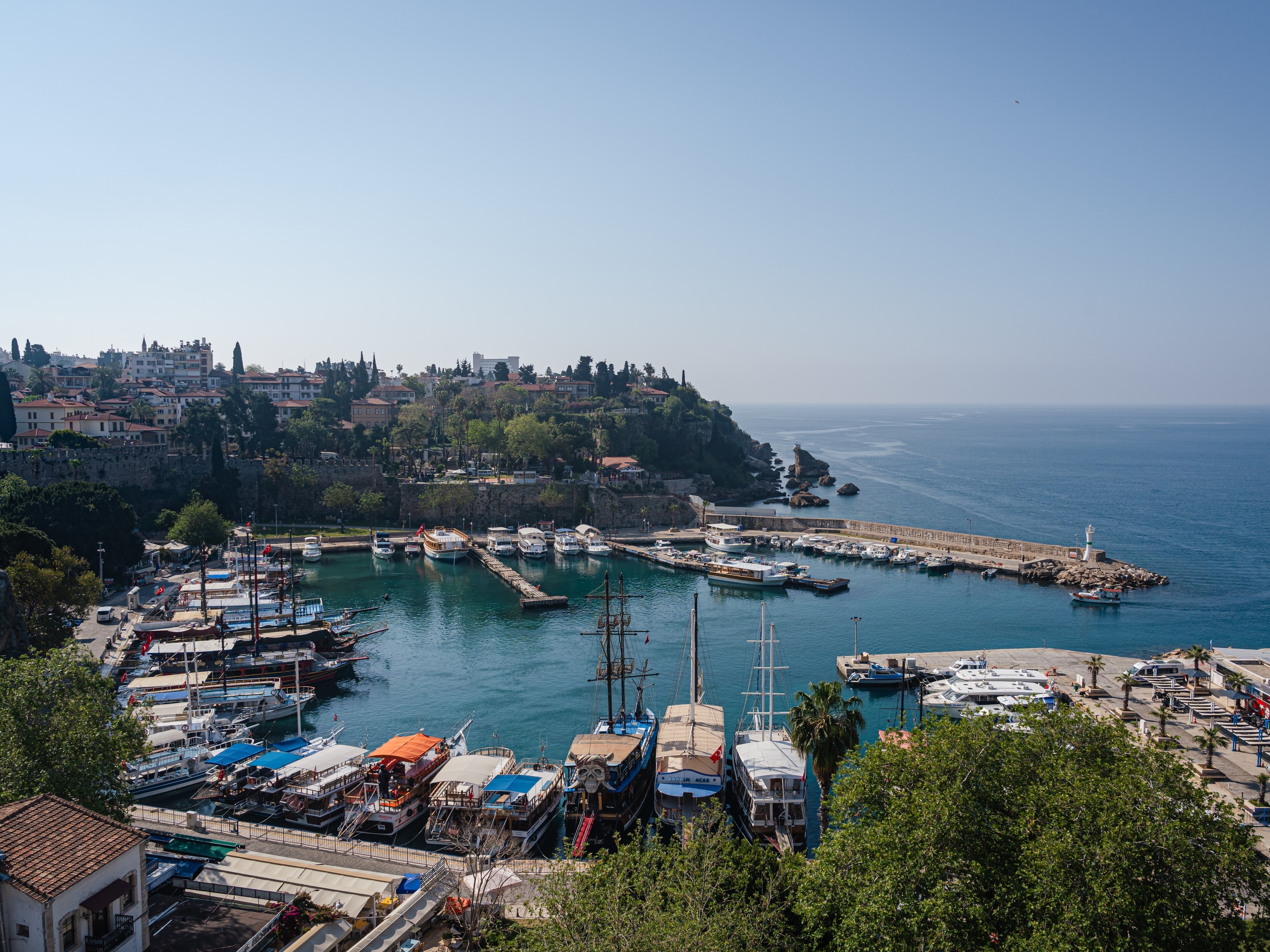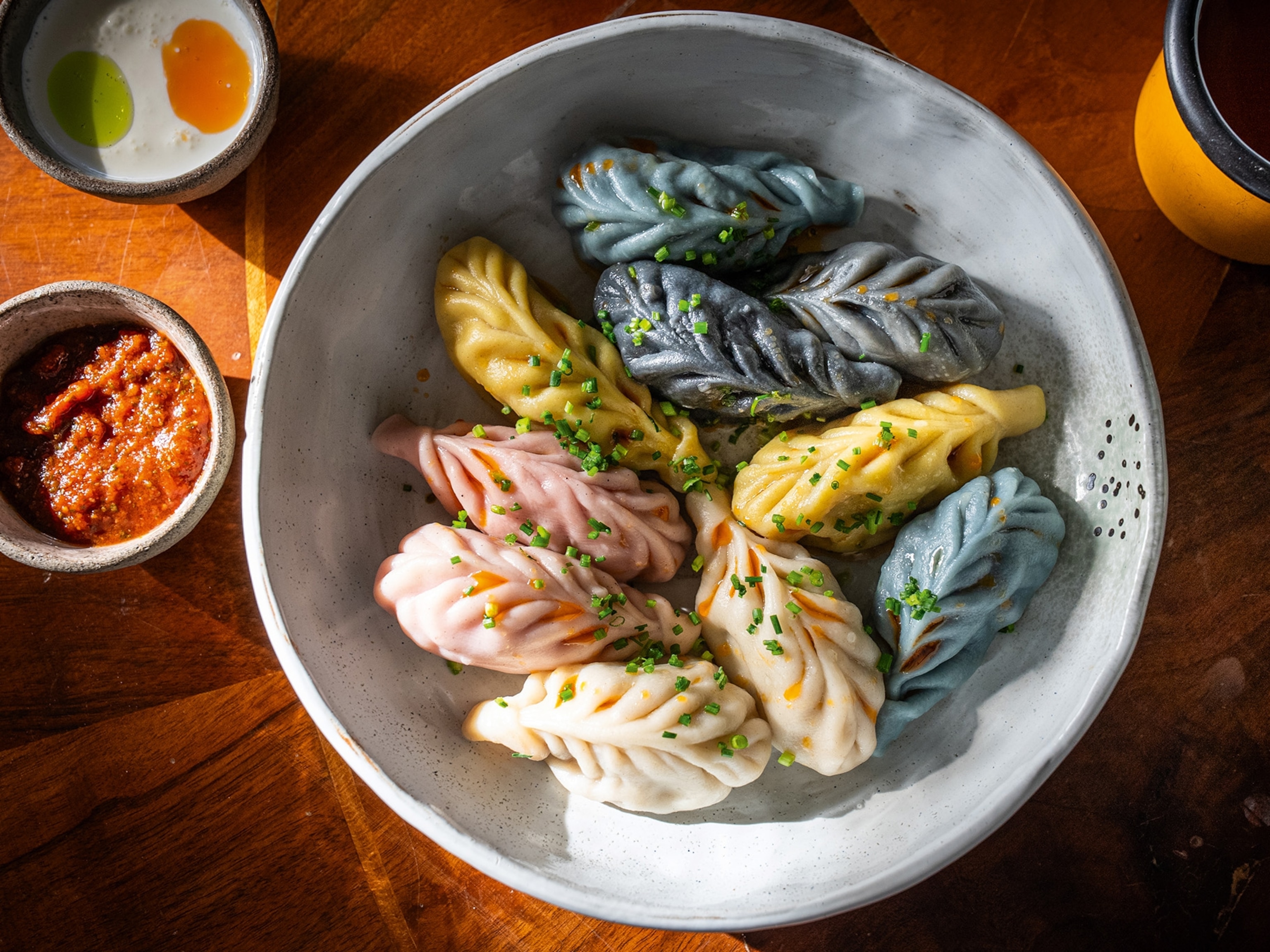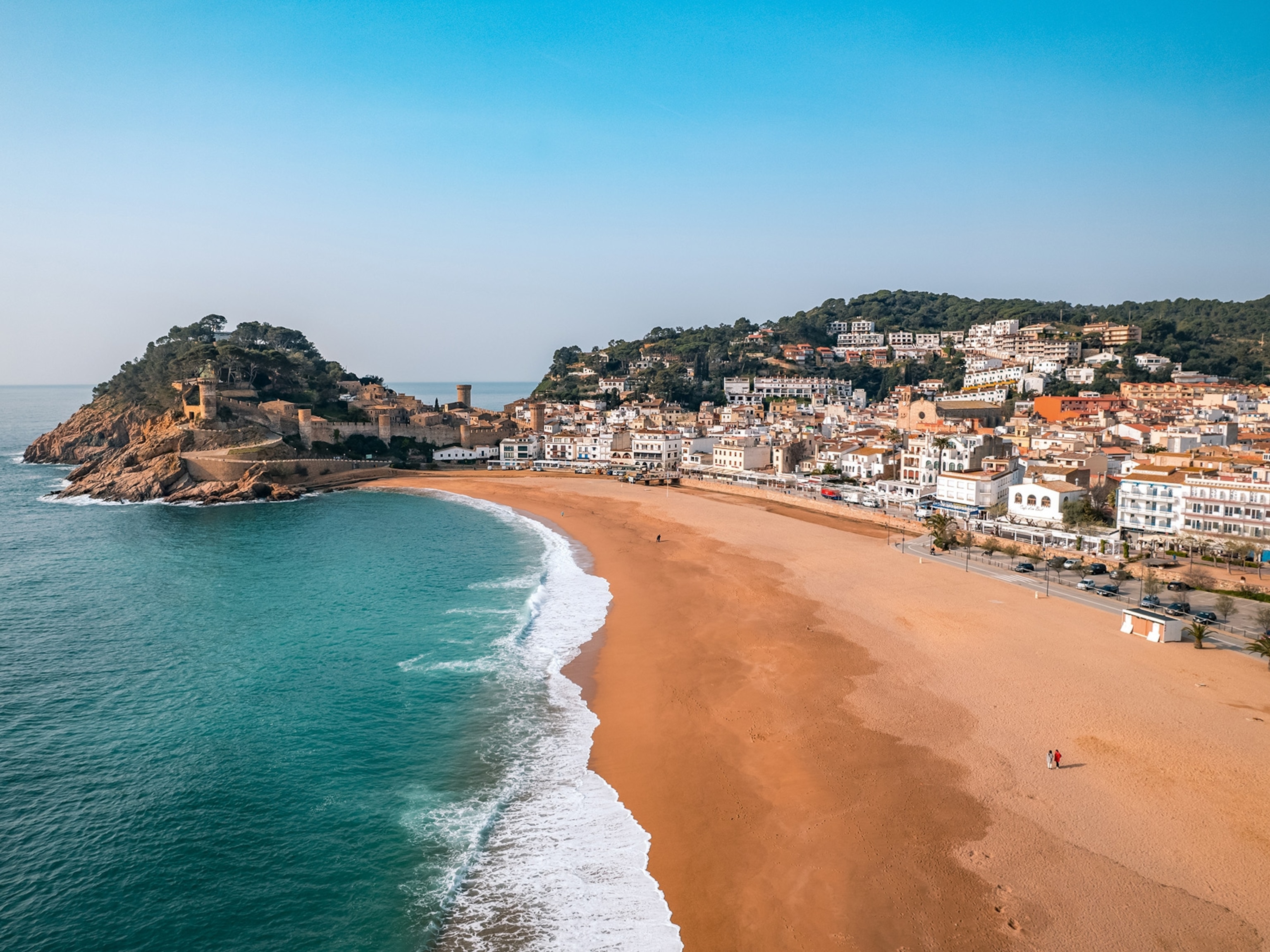
Paella: A Spanish culinary institution
From the ingredients to the execution, the finer points of paella – Spain's most famous dish – are a matter for hot debate
I remember my favourite paella like it was yesterday. Cooked over an open fire on the floor of Nuñez de Prado's olive oil mill in Baena. The smoke-infused bomba rice, chicken and rabbit fried in unfiltered, organic oil. Saffron and pimentón added their inimitable perfumes. It was everything it should be — completely unpretentious, but prepared with the choicest ingredients.
It sits in stark contrast to the renditions too often found in tourist resorts across Spain. Gloopy, custard-yellow rice dotted with mussel shells and lazily defrosted prawns can only be a disappointment once you know the joys of real paella. But how does one define 'real'? Pinning down what's genuine, what isn't and what's a clever twist isn't straightforward.
(From grain to plate: the story of Valencian paella and its homegrown, world-class rice)
Valencian purists, who claim paella as their own, insist that to be authentic it should include rabbit, snails and the local garrofón beans (which resemble a cross between a broad and a butter bean).
And when it comes to preparing their homegrown rice, the Spanish have three basic techniques; arròz caldós is almost soupy, while arròz melós has a similar texture to risotto. Paella belongs in the third group, arròz seco ('dry rice'), a method that involves the grains absorbing moisture and flavours from the other ingredients with which they cook. And every year, Sueca, a town close to the city of Valencia, hosts a world championship to honour Valencian paella.
Rice and the rest
Rice harvested around Valencia's Albufera National Park has the Spanish equivalent of the EU's Protected Designation of Origin, Denominación de Origen (DO). And yet, the region's two main varieties of rice aren't interchangeable; while they're both short grained, they absorb different amounts
of water.
Bomba is more robust — like a sponge it can soak up to three times its dry weight without bursting. It's the relatively failsafe option. Serious pros lean towards sénia. It 'drinks' less water, but really absorbs flavour. Cooking with it is a risky business, though — when overcooked, the more fragile grains can turn pudding-like.
For both varieties, there are grades. The best, 'extra', contains over 90% perfect (i.e. unbroken) rice grains. Allow 100g per portion, regardless of which type you're using — it's the standard measure. As for the other ingredients, there's the official list, accepted practice and freestyle. The current 'authentic' recipe numbers 10 components: rice, chicken, rabbit, green beans, garrafón, olive oil, tomato, saffron, salt and water. And what of the caracoles (snails)? They're no longer thought of as essential, but cooks sometimes replace them with sprigs of rosemary.
Among the common-sense additions, pimentón deserves its place because it gives colour and added flavour. It's also common to substitute water with chicken or vegetable stock. This makes up for the younger meat we tend to use now, which, while tenderer, produces less flavourful juices than the more mature chicken and rabbit that were once used. For the same reason, recipes often include a sofrito (sweated onion and tomato), although traditionalists frown on the addition of either onions or garlic.
Beyond the standard paella, there are countless variations, both locally and in the next-door province of Murcia. They split neatly into 'meat', 'vegetable', 'seafood' and 'mixed' — a good palate allied to knowledge of the region's produce dictates what can or can't go into these. One outraged chef accused Jamie Oliver's chorizo-containing version of being 'criminal'. It may taste fine, but it certainly doesn't pass muster with the purists.
The pan and method
The meat, seafood or vegetables can make or break a paella recipe. The aim is to pack their flavours onto and into the rice — and doing this isn't about quick sautéing. The classic Valencian recipe involves preparing the dish over an open fire, frying the pieces of chicken and rabbit first until they're no longer raw at the bone — don't use fillets because the bones give extra taste.
Chopped tomato goes in next. When it's evaporated to a pulp, the beans join them in the pan. They have to stew until they're almost done. Then the pimentón (if using), water infused with saffron and salt are added.
Only when the smell tells the cook all the ingredients have blended, does rice and water (or stock) go in. The usual guide is three parts liquid to one of rice — this works, but be ready to add extra boiling water later if the paella is bubbling too fast.
Nobody should prepare paella with a stopwatch, but controlling the heat affects the outcome. For the first five or six minutes, the pan should boil hard. After that, lower the heat and allow the contents to bubble gently for about 12 minutes more.
As for the dish in which it's cooked — really, this has to be the shallow, two-handled frying pan that has lent its name to the dish. It owes it design to dry Mediterranean Spain, where wood for burning was in short supply. Placed on a trivet over an open fire, it offers a generous surface area to cook more food using less fuel. The fire heats it evenly too, so that the rice at the edges simmers at the same speed as in the centre.
According to Iberica Restaurants' founder and owner Marcos Fernandez Pardo, the best equipment for homemade paella is the barbecue. Conventional gas or electric rings don't suit the thin-gauge metal pans in Spanish markets because they don't spread the heat across the base. Non-stick or enamelled steel share the same problem. Cast iron distributes heat better, as do pans designed for induction hobs. This is crucial because the rice has to cook everywhere at the same rate.
The pan's diameter dictates the quantity of rice and, by extension, the number of servings. About 25cm for two, 34cm for four and 38cm for six are rule-of-thumb sizes. In terms of non-rice quantities, think of paella as a meal. If you'd sit down to one roast chicken for four people, you want the equivalent amount of meat, seafood or vegetables cooking in the rice.
Published in Issue 1 of National Geographic Traveller Food







